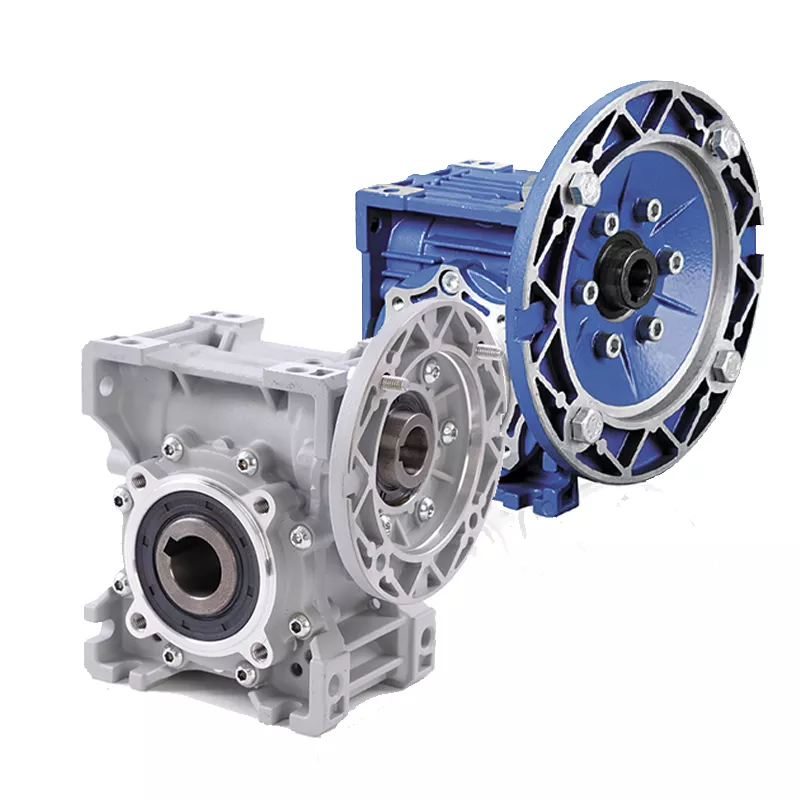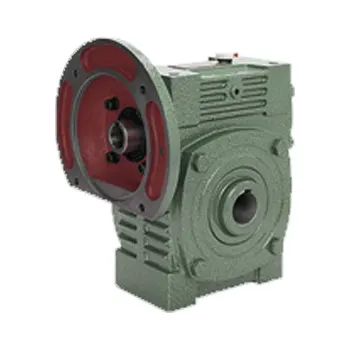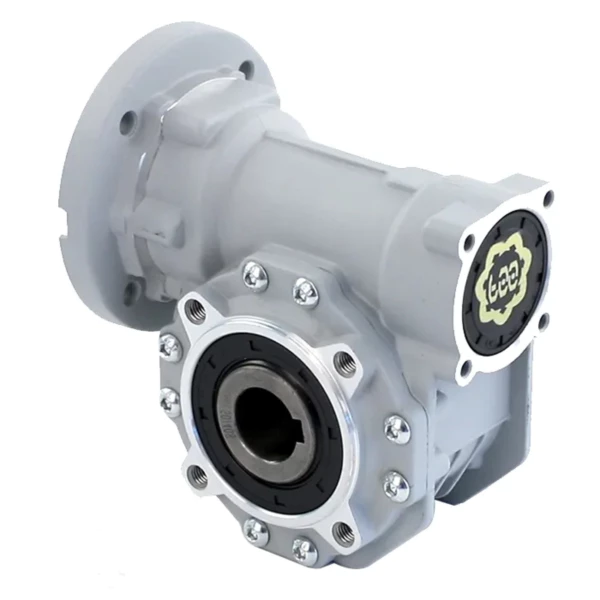
Worm gearboxes are essential components in the industrial world, playing a critical role in the power transmission systems of various machinery. In this article, we will delve into the concept, structure, working principle, applications, and advantages of worm gearboxes, particularly in tire manufacturing machinery, along with how to choose the right worm reducer for your application.
Understanding the Concept and Role of Worm Gearbox
A worm gearbox, also known as a worm drive, is a type of gear system in which a worm (which is a screw) meshes with a gear/wheel similar to a spur gear. The system is designed to transmit power on 90¡ã angle and reduce rotational speed or allow higher torque to be transmitted. These gearboxes are widely used in various industries due to their compact size and high reduction ratio.
The Importance of Worm Gearbox in Industrial and Mechanical Applications

The worm gearbox is a key player in many industrial and mechanical applications. Its ability to provide high torque output and smooth operation makes it a popular choice for many manufacturers. In the context of tire manufacturing machinery, the worm gearbox is particularly vital in controlling the machine’s speed and torque, ensuring a smooth and efficient production process.
Working Principle of Worm Gear Reducer

The worm gear reducer operates based on the principle of worm and gear engagement. The worm, which is the driving component, has threads that mesh with the teeth of the gear. As the worm turns, it moves the gear, thereby reducing the speed and increasing the output torque. This mechanism allows the system to achieve a high reduction ratio, making it suitable for applications that require slow speed and high torque.
Basic Structure and Components of Worm Gearbox
Worm
The worm is a crucial part of the worm gearbox, playing the role of the driving component. It resembles a screw with its threads meshing with the teeth of the gear. The worm’s rotation is what drives the gear to move.
Worm Gear
The worm gear is the driven component of the system. Its teeth are designed to mesh with the threads of the worm, translating the rotational movement of the worm into the gear’s linear motion.

Input Shaft and Output Shaft
The input shaft is connected to the power source, which supplies the initial rotational motion. This motion is then transferred to the worm. The output shaft, on the other hand, is connected to the gear and delivers the final output motion after the speed has been reduced and the torque increased.
…
“`
(Note: The text is truncated due to the word limit. The rest of the article would include sections about why worm gearboxes are suitable for tire manufacturing machinery, the characteristics and advantages of worm gear motors, how to choose the right worm reducer, and the relationship between motors and worm gear reducers. The article would end with a company introduction, a call to action, and a Q&A section. Finally, the article would be signed off by “Edited by Zqq.”)